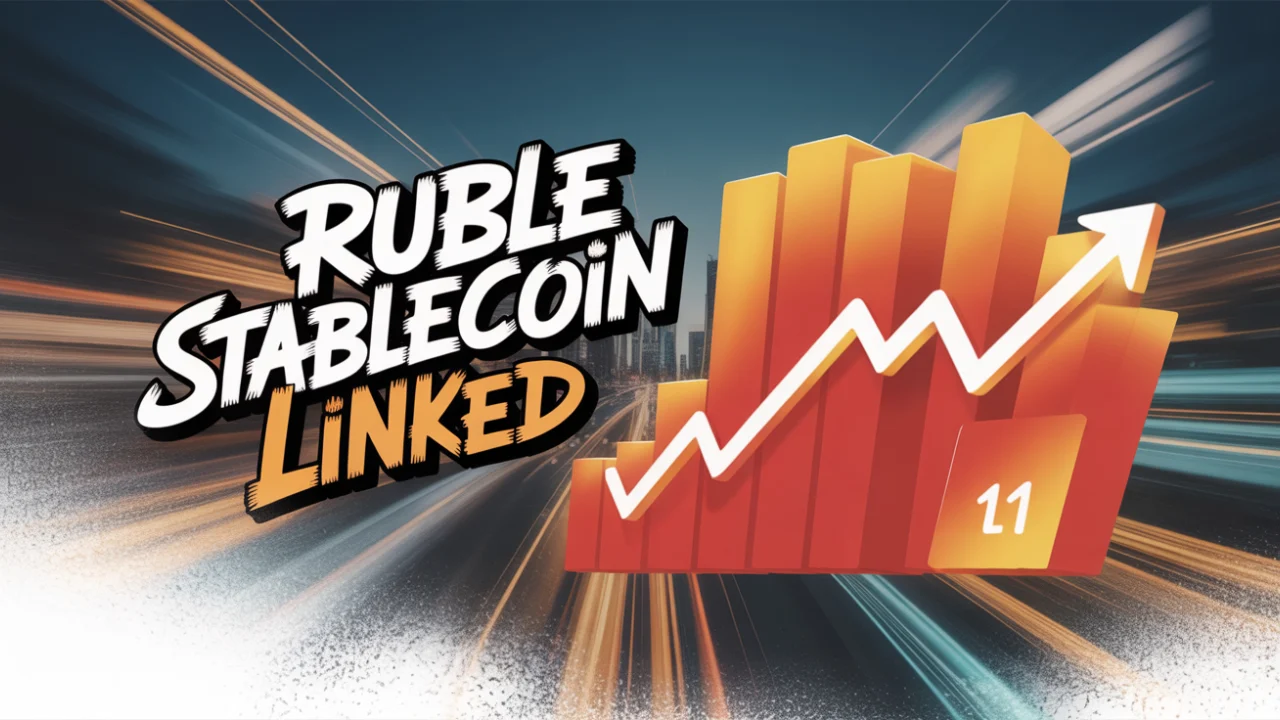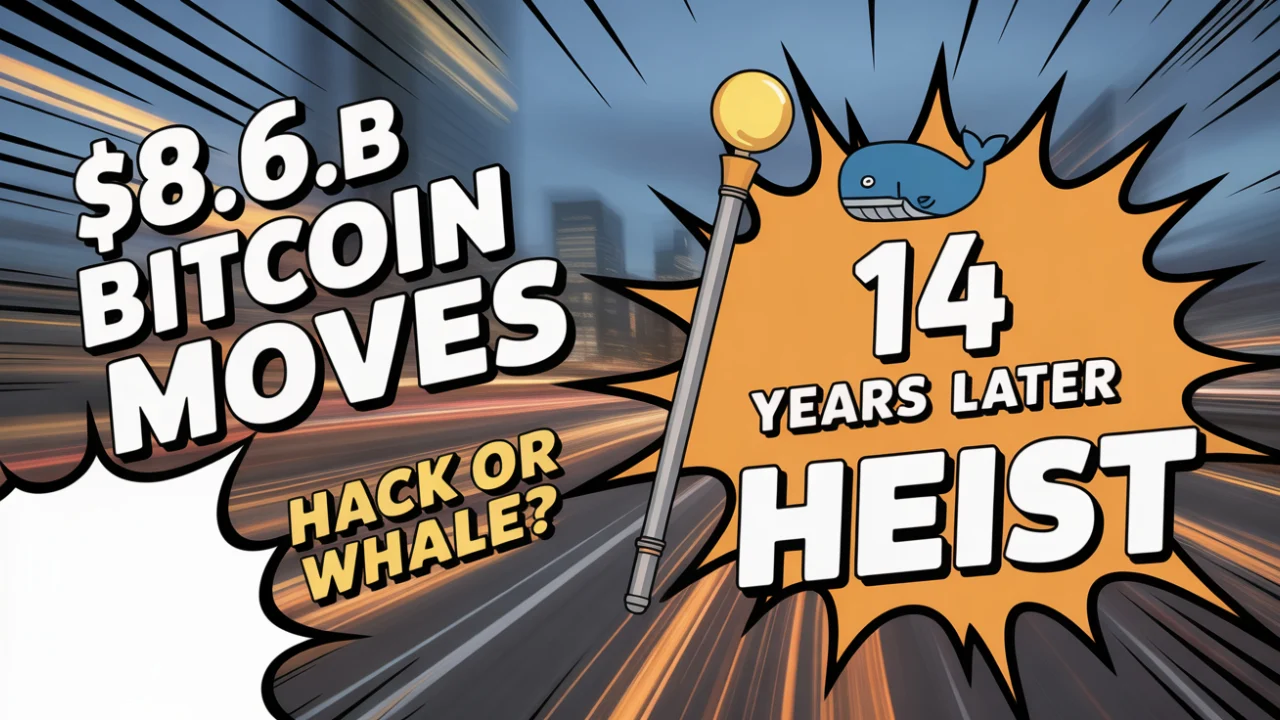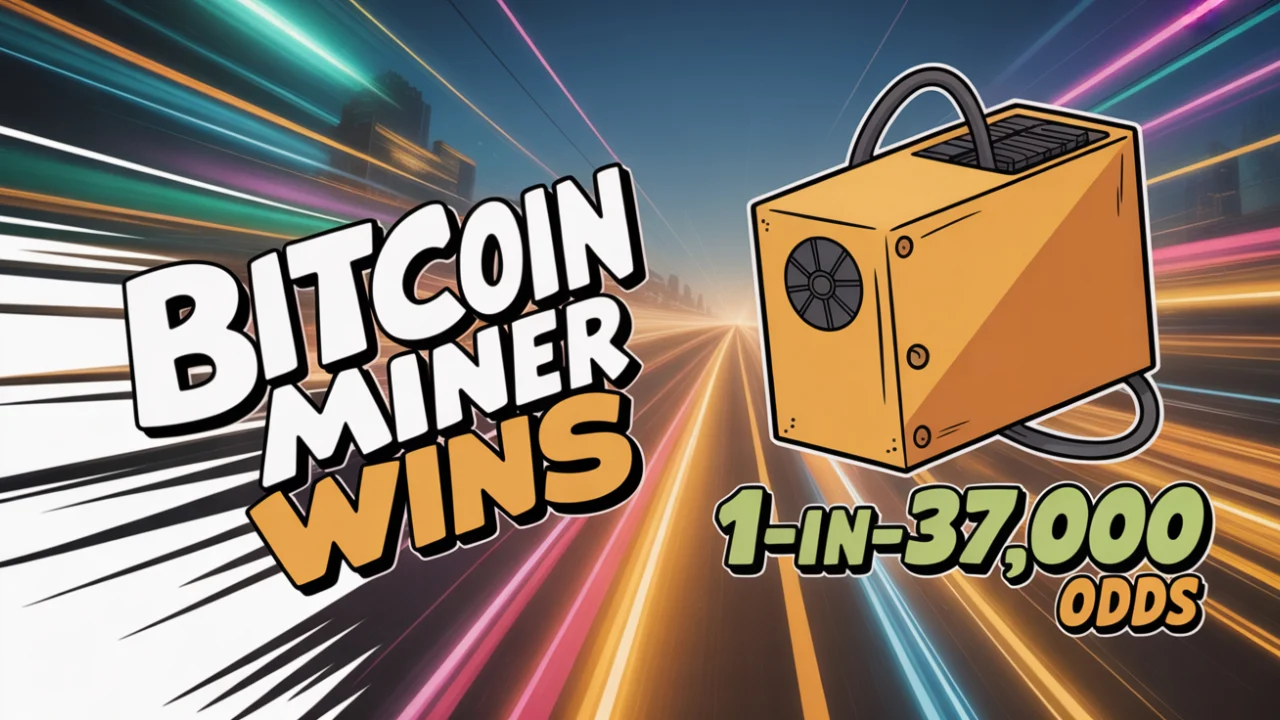A7A5, a ruble-backed stablecoin launched in Kyrgyzstan, is reportedly facilitating billions in trades on Grinex—a platform suspected to be the successor to sanctioned exchange Garantex.
$9.3B in Transactions, Just 124 Wallets
A7A5 has processed $9.3 billion in transactions through the crypto exchange Grinex, according to a new Financial Times report.
What’s raising eyebrows is that just 124 wallets were behind the flows.
Launched in February 2025, A7A5 has a reported market cap of $151 million and around 24,000 holders. On-chain data shows it’s only listed on Uniswap, and it’s primarily traded against USDT and USD, including within Russian crypto markets.
Grinex Denies Garantex Ties—But Transfers Suggest Otherwise
Grinex is widely believed to be the unofficial successor to Garantex, a Russian exchange sanctioned by the U.S. Treasury and subject to a $27 million USDT freeze by Tether in March.
Despite public denials, Elliptic co-founder Tom Robinson told FT that Garantex users were able to reclaim balances on Grinex by creating new accounts—suggesting a hidden handoff.
“Garantex users with outstanding balances at the time it was shut down could have these balances credited to new accounts set up on Grinex,” Robinson said.
Grinex says it only onboarded users with “transparent history” and dismissed claims of direct succession.
Backed by a Sanctioned Russian Bank
A7A5 claims to be fully backed 1:1 by ruble deposits held at Promsvyazbank—a Moscow-based institution under U.S., UK, and EU sanctions for supporting Russia’s military.
That backing structure and limited wallet activity suggest the token may be serving as a closed-loop clearing tool, not a broad-based consumer crypto.
Elliptic analysts noted the “rigid fixed patterns” of A7A5’s movements, suggesting use in internal banking-like operations rather than typical open-market trading.
Political Ties: Moldova’s Ilan Shor Enters the Picture The Centre for Information Resilience (CIR) highlighted possible ties between A7A5 and Ilan Shor, a Moldovan businessman sanctioned for fraud and political interference.
A7A5 says it severed ties with Shor’s affiliated project “A7” in May. Still, Shor promoted the token in June at Russia’s St. Petersburg International Economic Forum, raising new questions about influence and funding.
Why It Matters
For regulators, A7A5 may be a new way around financial sanctions, using stablecoins and decentralized finance rails.
For traders, it shows the growing complexity—and risk—of tokens backed by unaudited reserves in sanctioned countries.
While A7A5’s use is still limited, the sheer volume of transactions suggests it could play a bigger role in cross-border ruble settlement, especially in unregulated crypto channels.
What to Watch
As global attention focuses on stablecoins with non-dollar pegs and political connections, regulators may track or block tokens like A7A5.
The question: Will stablecoins like A7A5 change shadow banking—or trigger the next crypto sanctions?




